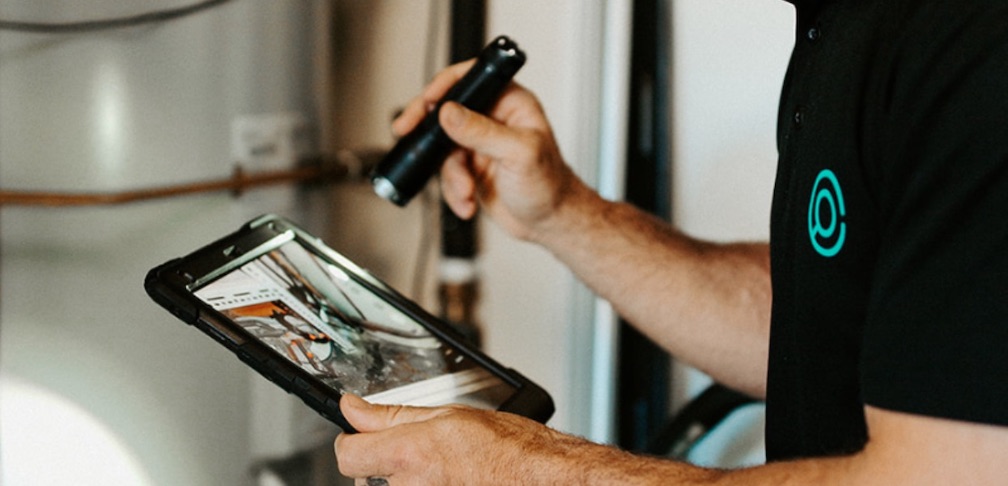Embracing Technological Advancements In Building Inspections For Enhanced Safety
- Written by Business Daily Media

It serves as a critical checkpoint, ensuring the safety, functionality, and compliance of structures with established standards and regulations. Whether it's a residential property, commercial establishment, or industrial facility, the process of building inspections is indispensable, safeguarding occupants and investments alike.
At its core, a building inspection is a comprehensive evaluation of a structure's various components, ranging from its foundation to its rooftop. Highly trained inspectors meticulously examine every facet of the building, scrutinizing its structural integrity, electrical systems, plumbing, HVAC (heating, ventilation, and air conditioning), and overall safety features. Through this meticulous examination, potential hazards, defects, or code violations are identified, mitigating risks and preventing potential disasters.
The significance of building inspections cannot be overstated, especially in the context of safety and risk management. In an era where urbanization and infrastructure development are rampant, ensuring that buildings meet stringent safety standards is imperative. A thorough building inspections Gold Coast not only protects the occupants but also upholds the credibility of the construction industry, fostering trust and reliability among stakeholders.
One of the primary objectives of building inspections is to assess structural integrity. A building's structural soundness is its backbone, determining its ability to withstand various environmental factors, such as seismic activities, extreme weather conditions, and normal wear and tear over time. By conducting rigorous assessments of the foundation, load-bearing walls, and structural components, inspectors can pinpoint any weaknesses or vulnerabilities that may compromise the building's stability.
Moreover, building inspections play a pivotal role in ensuring regulatory compliance. Building codes and regulations are established to uphold safety standards and promote uniformity in construction practices. Compliance with these codes is not merely a legal requirement but a moral obligation to prioritize the well-being of occupants and surrounding communities. Through meticulous inspections, adherence to these codes is verified, and necessary corrections are enforced to rectify any deviations.
In addition to structural integrity and regulatory compliance, building inspections also contribute to property valuation and risk assessment. For prospective buyers or investors, a comprehensive inspection report provides invaluable insights into the condition of the property, enabling informed decision-making regarding purchase or investment. Likewise, insurance companies rely on inspection findings to assess the level of risk associated with insuring a particular property, thereby determining appropriate coverage and premiums.
Furthermore, building inspections serve as a proactive measure to prevent potential liabilities and costly repairs in the future. By identifying defects or deficiencies early on, property owners can address them promptly, mitigating the risk of accidents, injuries, or structural failures. Timely maintenance and repairs not only preserve the structural integrity of the building but also prolong its lifespan, maximizing the return on investment for property owners.
In recent years, technological advancements have revolutionized the field of building inspections, enhancing efficiency and accuracy. Tools such as drones, thermal imaging cameras, and building inspection software enable inspectors to conduct more thorough assessments in less time. These innovative solutions empower inspectors to detect hidden defects, assess hard-to-reach areas, and generate detailed reports with precision, thereby elevating the overall quality of inspections.
Despite the undeniable benefits of building inspections, challenges persist in ensuring widespread compliance and adherence to standards. Limited resources, inadequate training, and varying enforcement practices pose hurdles to achieving uniformity and consistency in inspection protocols. Addressing these challenges requires collaboration among stakeholders, including government agencies, industry professionals, and regulatory bodies, to promote education, standardization, and accountability.
In conclusion, building inspections are indispensable processes that uphold safety, integrity, and accountability in the construction industry. By rigorously evaluating structures, ensuring regulatory compliance, and mitigating risks, inspections play a pivotal role in safeguarding occupants and investments. As urbanization continues to reshape our landscapes, prioritizing the integrity of our built environment through diligent inspections remains paramount, ensuring a safer and more resilient future for generations to come.









